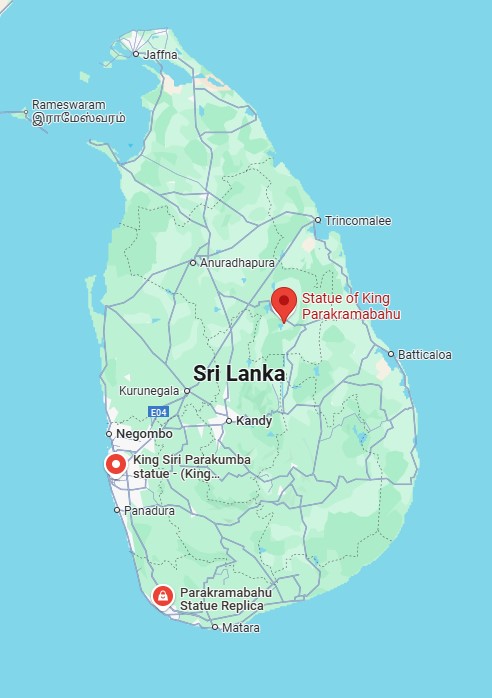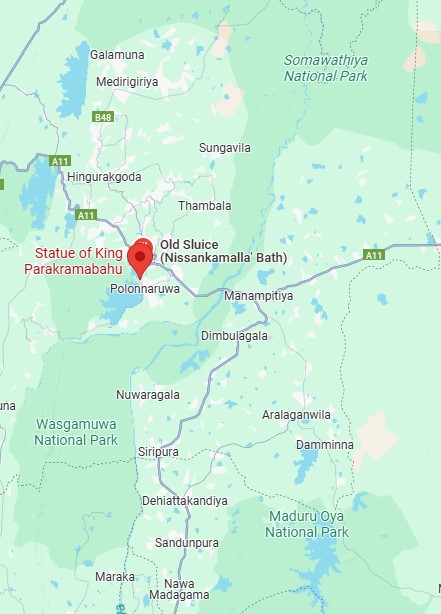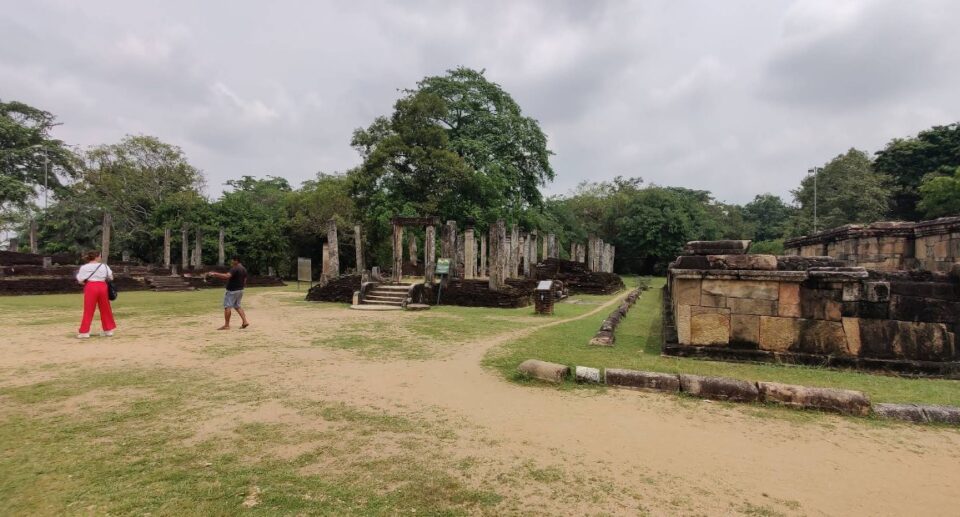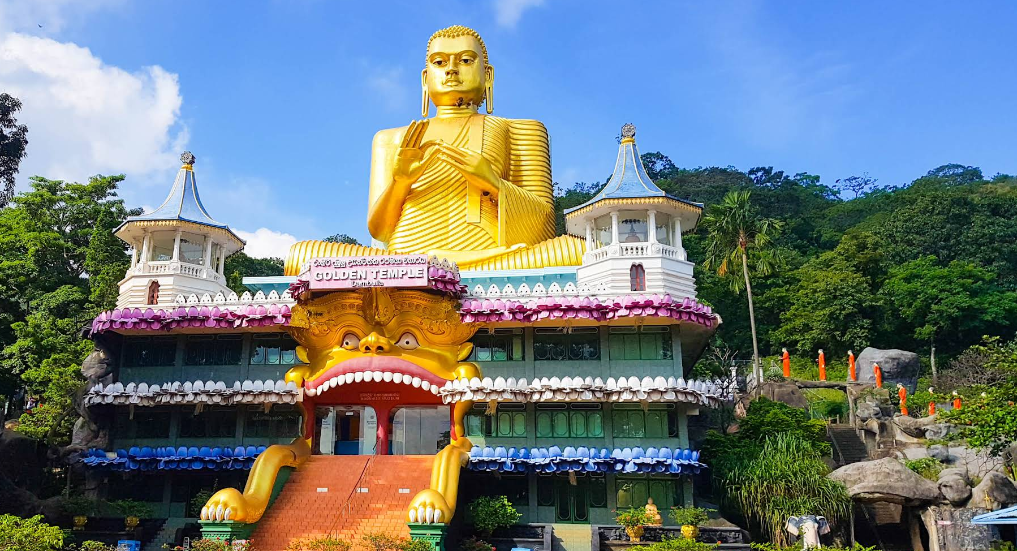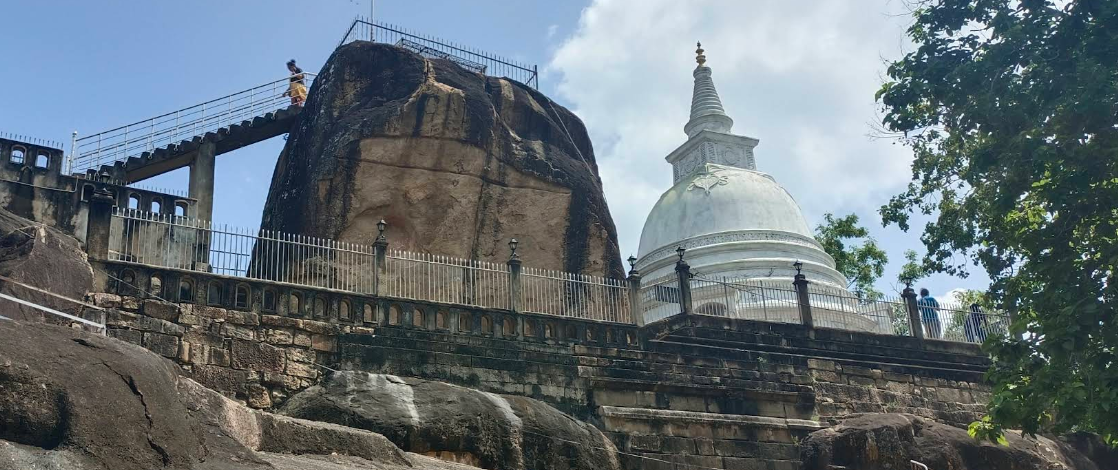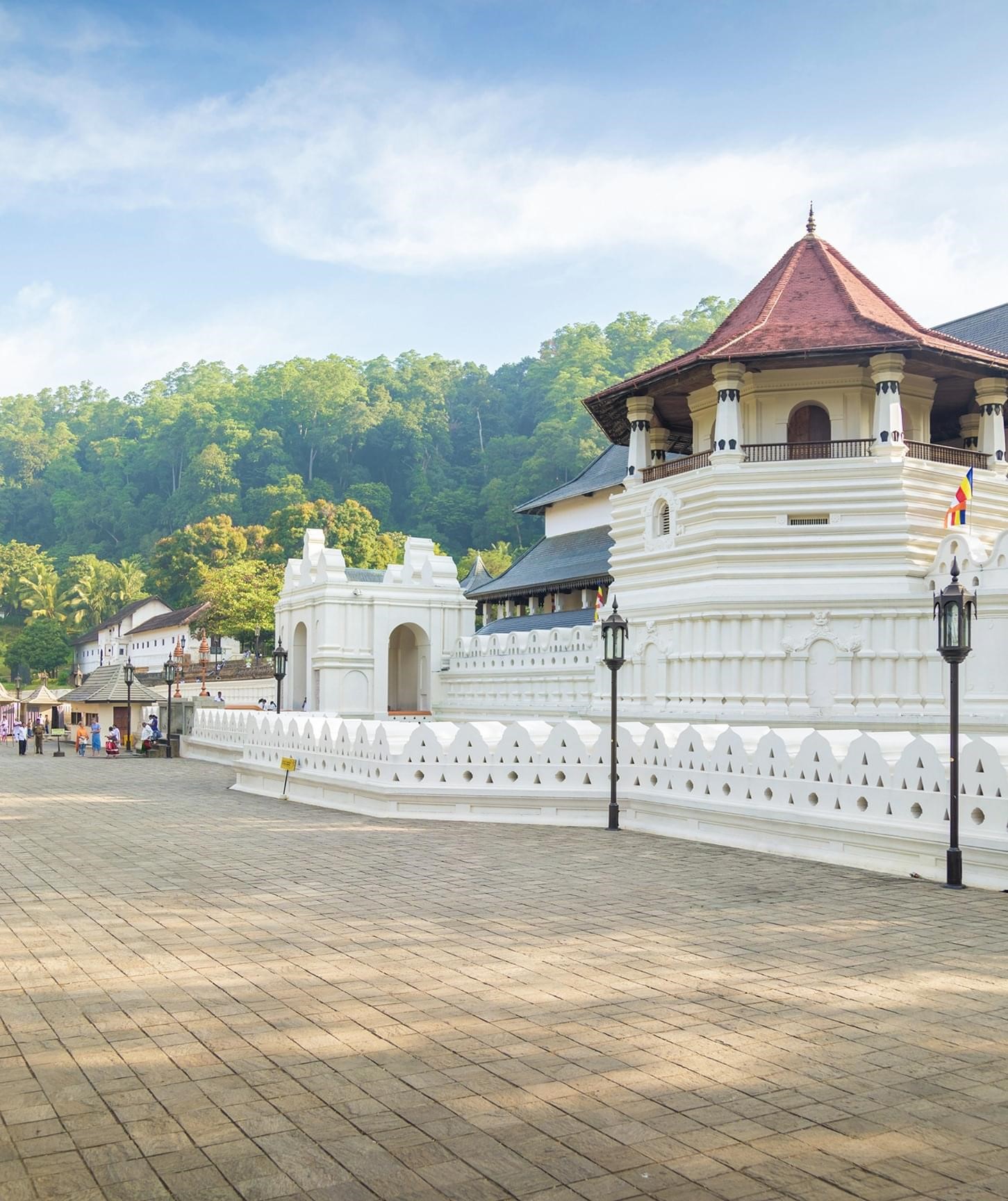The Statue of Parakramabahu or Pulastya Rishi: A Symbol of Power, Wisdom, and Mystery

The island republic of Sri Lanka boasts a rich store of venerable history, a heritage of sages and kings, and mystical movements now immortalized in its imposing monuments and statues. Among its ancient artifacts, perhaps one of the most intriguing is a large rock-hewn figure close to the ancient city of Polonnaruwa—a statue whose identity remains contested to this day. Commonly referred to as the Statue of King Parakramabahu the Great or simply as the Sage Pulastya Rishi, this statue has attracted the attention of historians, archaeologists, and religious scholars in equal proportions. As either a sign of a powerful king or a sage, the statue is a true relic of Sri Lanka’s cultural and intellectual heritage.
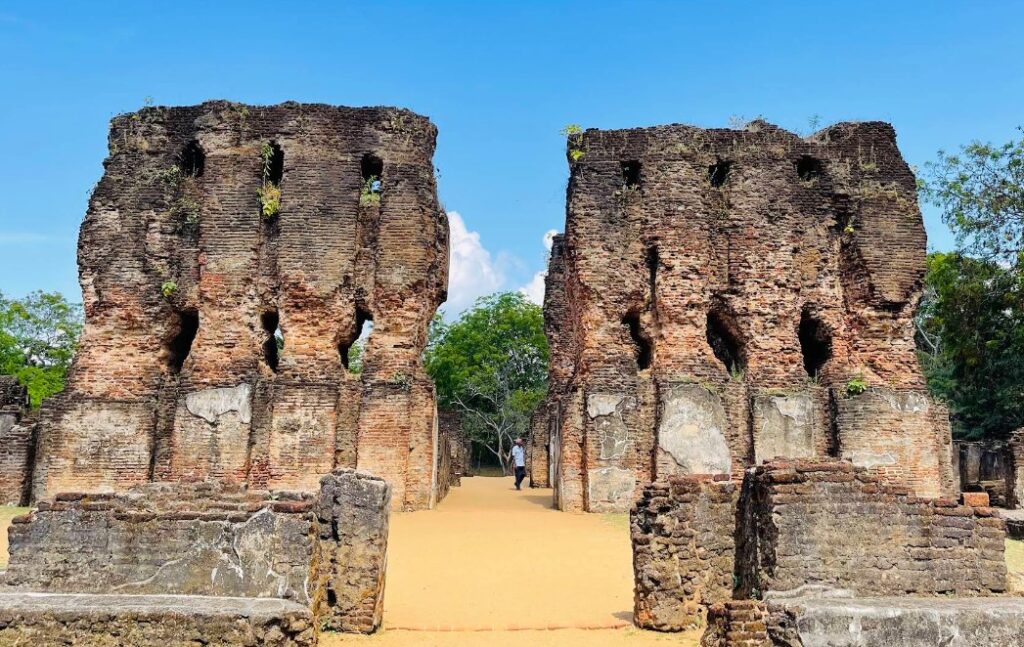
Location and Description
The statue is located in Polonnaruwa, a North-Central Sri Lankan and medieval island capital UNESCO World Heritage site. The statue is located close to the Potgul Viharaya, an ancient monastery library complex, and is approximately 3.5 meters (11.5 feet) high. Carved out from one rock face, the figure is represented as standing and holding in each hand what appears to be a manuscript or palm-leaf book—an object classically used as a symbol for wisdom and knowledge.
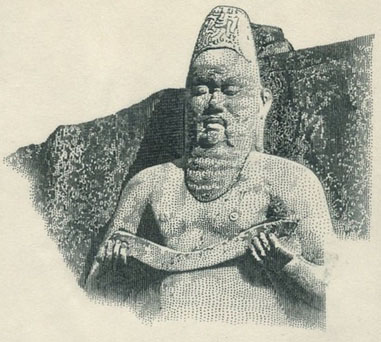
The figure is dressed in simple yet regal attire, not overly ornamented. Beard, long hair, and tranquil face have led to some speculation as to whom the statue represents. The simple dress is unexpected in contrast to the elaborate representation commonly found on royal portraits, which adds to the uncertainty of the statue.
The Two Theories: Parakramabahu the Great vs Pulastya Rishi
- King Parakramabahu the Great (1153–1186 CE)
The statue, in another interpretation, is of King Parakramabahu I, one of the greatest rulers in Sri Lankan history. He is famously known for his wars, governmental reforms, and colossal irrigation projects—among them constructing the Parakrama Samudraya, a massive reservoir that continues to operate today. The justification behind this theory is:
Proximity to Potgul Vihara: The photograph is situated at the entrance of this old library, which was probably reconstructed or built during the reign of Parakramabahu.
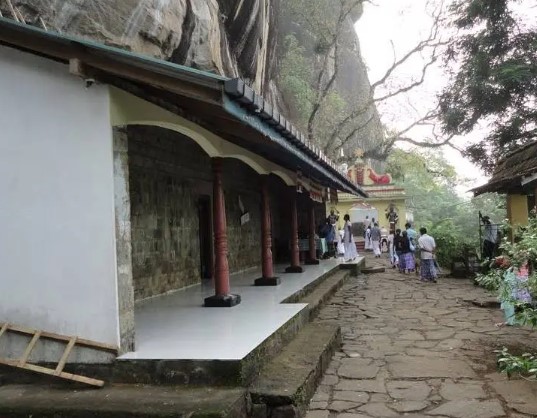
Book in Hand: Suggests learning and wisdom, which the king had, and was also a patron of Buddhist learning.
Royal Commission: It is argued that only a king of such stature would have the means and resources to commission a large monolithic statue.
These theorists consider the statue as a monument to a ruler who was both intellectually deep and administratively genius—a synthesis of temporal and spiritual authority.
- Pulastya Rishi – The Sage of the East
Another strong theory is that the statue is that of Pulastya Rishi, one of the seven great sages (saptarishis) in Hindu tradition and a figure of considerable mythical association with Sri Lanka. In Hindu mythology: - It is believed to have been Pulastya’s residence in the country of Lanka.He was Ravana, the legendary king of Lanka in the Ramayana, grandfather.
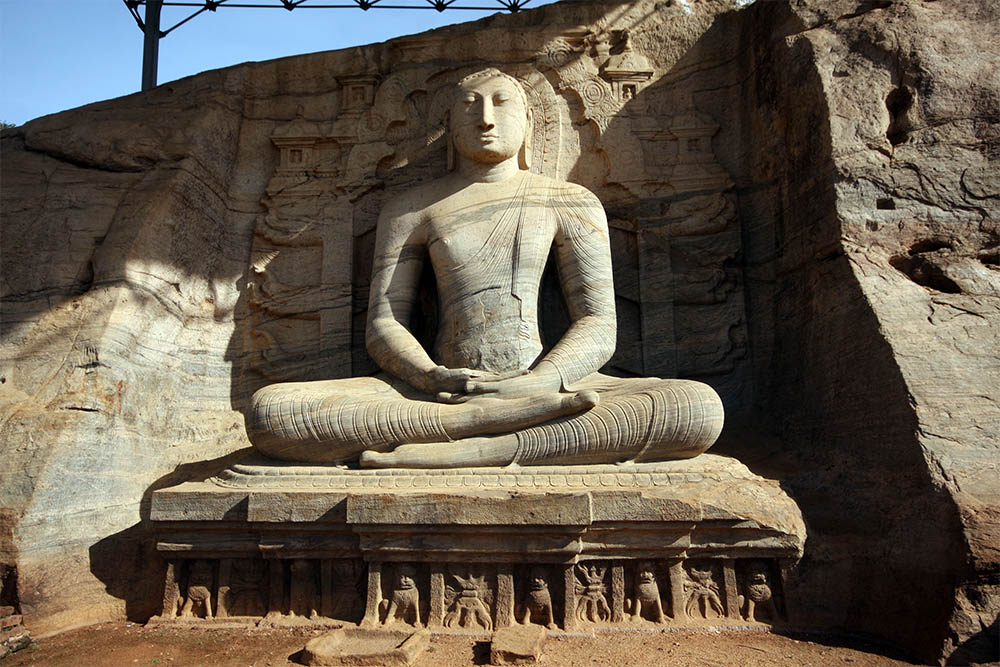
He is associated with wisdom, meditation, and ascetic existence—all reflected in the statue’s calm demeanor and manuscript-bearer stance.
This interpretation is bolstered by the religious appearance of the statue, especially the lengthy beard and somber facial features, which are more suitable for the depiction of rishis (sages) than for those of kings.
Artistic and Cultural Significance
Whatever its true name, the statue is a masterpiece of Sinhalese rock art. It reflects the higher artistry of ancient craftsmen, particularly in the composition of naturalistic facial expression and attitude in stone. The soft smile and serene countenance of the figure give the sense of inner peace and wisdom, either of a sage or an enlightened king.
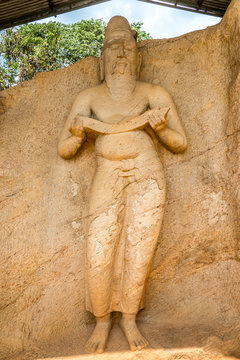
Culturally, the statue is a link between Sri Lankan Buddhist civilization and broader Indic traditions, including Hinduism and the epics the Ramayana. It is the material form of Sri Lanka’s position at the crossroads of South Asian spiritual and political history.
Historical Context
Polonnaruwa as a Cultural Hub
During King Parakramabahu I, Polonnaruwa was a center of Buddhist education, art, and architecture. The Potgul Vihara in the region was a repository of religious writings and a monastery where monks studied and instructed. If the statue is of the king, then its location close to this learning center can be seen symbolizing his patronage for learning and the monastic order.
Spiritual Symbolism
If the statue is of Pulastya Rishi, the presence of the statue near a temple or library signifies the dominance of wisdom and religious discipline. Rishis are seers who possess deep insight into the Vedas and laws of nature. The manuscript in question thus signifies not royal edict but divine wisdom—a treasure bequeathed by sages to mankind.
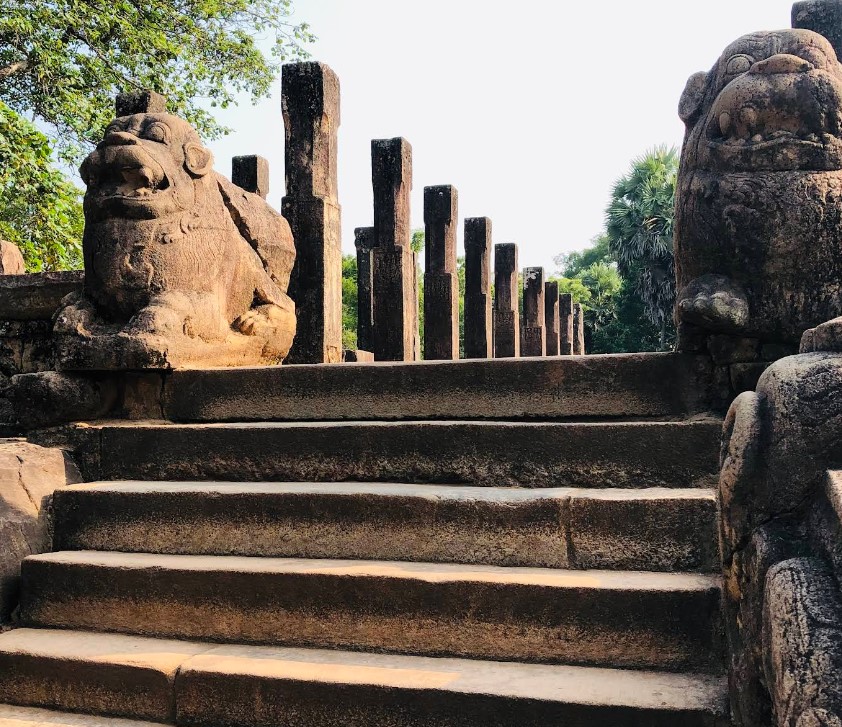
Debate Among Scholars
The ambiguity of the statue has been a cause of significant academic speculation. Scholars from diverse disciplines—archaeology, religious history, art history—have analyzed inscriptions, compared iconography, and combed through ancient texts to determine its identity. Still, nothing tangible has arisen to conclusively prove one theory over another.
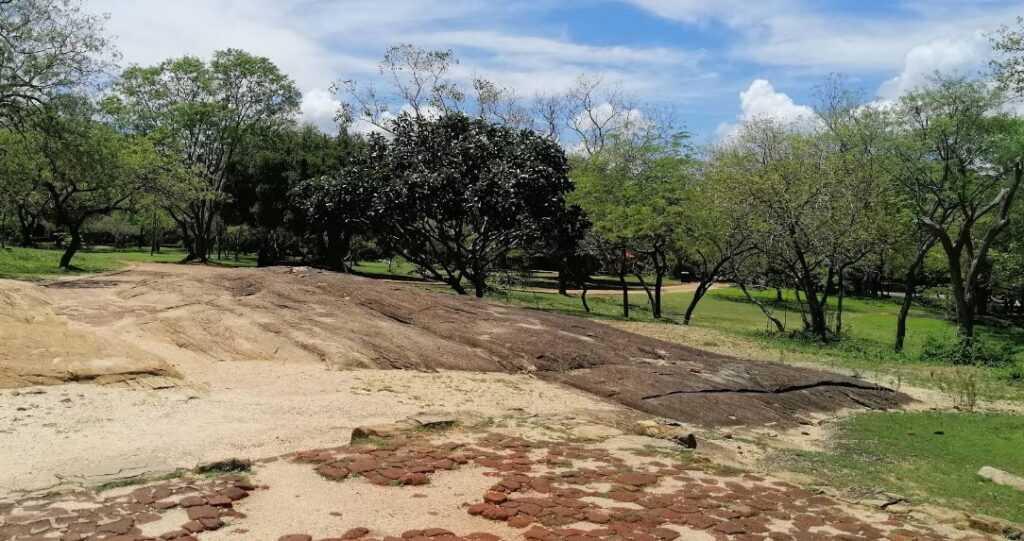
This controversy serves to add to the mystique of the statue. It continues to be open to interpretation, allowing each visitor to interpret it in a unique manner—either as a tribute to the great king, as an image of spiritual enlightenment, or both.
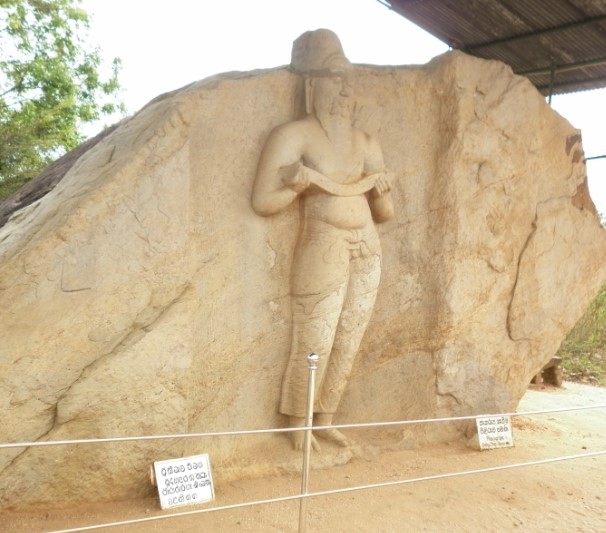
Tourist Attraction and Preservation
Currently, the statue is a key tourist destination and a point to visit for all travelers who visit Polonnaruwa. It is an outdoor location that can be accessed by visitors without entering a closed museum. Conservation efforts have been introduced by UNESCO and the Sri Lanka Department of Archaeology in terms of maintaining the location intact, but weather exposure and increased tourism remain an issue in terms of conservation.
Visitors are requested to accord respect to the historic and cultural value of the statue, observing due decorum and avoiding touching the sculpture.
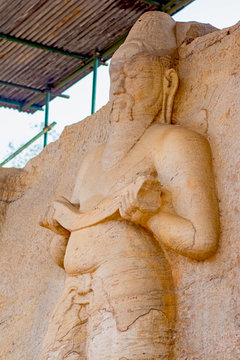
The Parakramabahu or Pulastya Rishi statue is a majestic symbol of mystery, scholarship, and spiritual legacy. As great king or wise philosopher, its location near the hallowed Potgul Vihara speaks of Sri Lanka’s timeless veneration for wisdom—both secular and sacred. Its unflinching gaze continues to overwatch the ancient city of Polonnaruwa, daring scholars and pilgrims to contemplate on the significance of leadership, wisdom, and that enduring connection between power and enlightenment.
The identity of the actual statue can be questionable, but perhaps its very complexity is its greatest asset—offering multiple levels of interpretation beyond epochs, religion, and civilization.
How to Get There From Colombo (Approx. 5–6 hours drive)
- By Car or Taxi:
- Route: Colombo → Kurunegala → Dambulla → Habarana → Polonnaruwa
- Distance: ~230 km
- Best for flexibility and comfort
- Can be booked via local taxi apps or with a driver
- By Bus:
- Take a CTB or private bus from Colombo to Polonnaruwa (via Dambulla)
- Travel time: 6–8 hours
- Budget-friendly option
- Buses usually depart from Colombo Central Bus Stand (Pettah)
- By Train (Less direct):
- Train from Colombo Fort to Polonnaruwa Station
- Not very frequent, but scenic
- From the train station, take a tuk-tuk or local bus to the site
From Dambulla or Sigiriya (Approx. 1.5–2 hours)
- This is a popular route for tourists doing the Cultural Triangle
- Route: Dambulla → Habarana → Polonnaruwa
